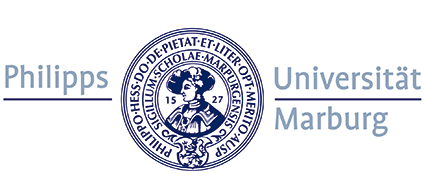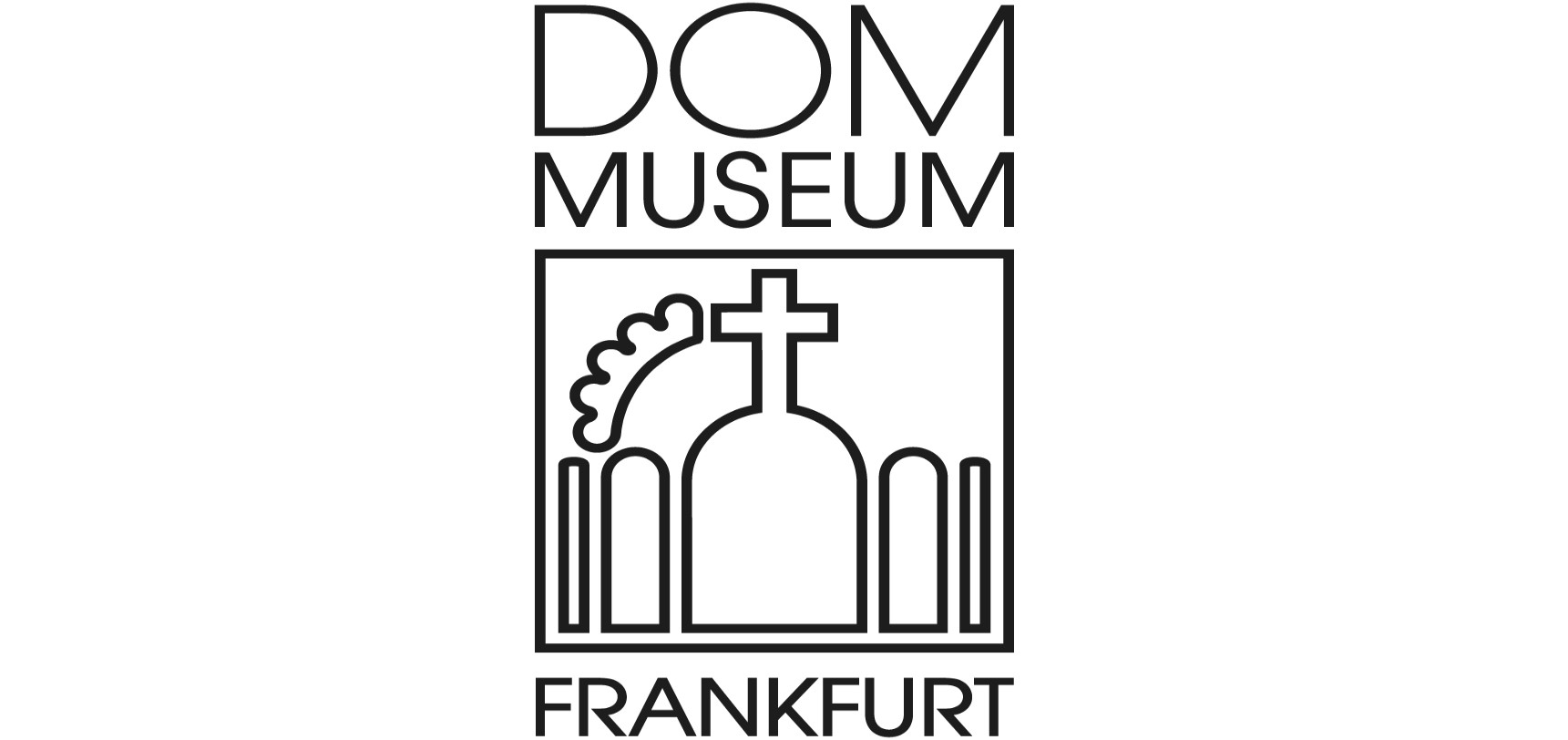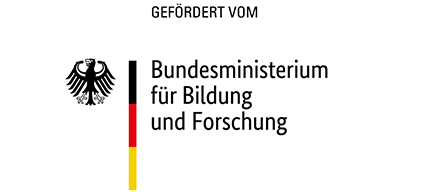Hauptinhalt
Panel II: Meaning Making: Collecting and Collections
Panel II discussion: 04/June/2021 10:45 am to 11:45 am, BigBlueButton
Tatjana Hering (University of Bayreuth)
Reframing space: The Hacı-Bektaş-Museum in Turkey
The building complex known today as the Hacı-Bektaş-Museum was originally constructed to be a dervish lodge in the 13th century. The unique historical background of the former lodge still shapes today’s museum-dynamics: Operating as the Bektashi-order’s headquarters for centuries, the lodge was closed in 1925 in the context of Atatürk’s law on abolishing all dervish orders. In 1964, however, the building complex was officially reopened to the public under the label “museum”. With the Sufi saint, Hacı Bektaş Veli, being buried in a central part of the complex the place still is, aside from being institutionalized as an ethnographic museum, a site of religious practice. Using the Hacı-Bektaş-Complex as an empirical example, this presentation will shed light on dynamics following the process of introducing the title “museum” to a religiously valued space, thereby reframing not only (religious) objects, but their surrounding space in general.
Dr. Sara Kuehn (University of Vienna)
Inayati Sufi Living Religious Traditions in Private Museum Contexts
In September 2019 the Inayati community, a religious community that ascribes to the mystical Sufi dimension of Islam (formerly the Sufi Order in the West), opened ‘The Sufi Museum’ at their Dutch headquarters in The Hague (Anna Paulownastraat 78; est. 1920). They are opening another museum at their European Headquarters at Fazal Manzil (‘House of Blessing’) in the suburbs of Paris (13 Rue de la Tuilerie, 92150 Suresnes; est. 1922), the European home of the family of the founder of this Sufi movement, Inayat Khan (d. 1927). It comprises the ‘Universel Temple’, the memorial of Inayat Khan’s daughter, Noor Inayat Khan (d. 1944 at Dachau concentration camp), situated on its grounds. The private religious museums (complemented by libraries and archives) give insights into the material practices of assemblages of religious matter that are are—emically speaking—considered to be living and exhibiting agency set in spaces of religious devotion. Their exhibitions build a theoretical understanding of their belief by means of texts, illustrations, photographs, installations, audio-visual media, but give also insight into the pluralistic Inayati ways of conceptualizing and interpreting material reality. Contrary to secular museums, these museums approach their religious objects and installations from an emic (‘insider’s’) perspective inviting visitors to ‘connect’ with their religious heritage. Drawing on semi-structured interviews with exhibition makers and visitors as well as on collections analysis, this paper intends to look both at the emic meaning-making of the Inayati Sufis with regard to the public display of their living religious heritage and its etic construction.
Karolina Lisowski (University of Bern)
Museums as Storytellers – Silent and Open Communications of (Aesthetic) Values
“I will now recount the legend of the Buddha’s life, which has been told in this or a similar fashion for many thousands of years.” With these words I began my workshops on the “Life Legend of the Buddha”, which I had the opportunity to conduct at the Museum Rietberg in Zurich with pupils from 1st-3rd grade primary school. I then claimed that I could tell the same story using only my hands and posture. The children cheerfully joined in as I explained the meaning of the mudras (i.e., hand gestures) depicted in the art objects. Art education uses the objects on display as an anchor point for telling the stories associated with them, often involving the senses and the body of the participants. In this talk, I will use examples from my practical experience in art education at the Museum Rietberg in Zurich to explore the extent to which an educational concept can approximate an emic use of objects from an etic perspective, and to which aim. Against this background, I will reflect on the museum space from a postcolonial perspective: The critical examination of the site as a “silent storyteller” always communicating its self-image through moods and atmospheres, is essential when talking about the potential for conflicting storytelling.
Dr. Ali Shahidi (University of Tehran)
Spiritual Inheritance in Islamic Sufism and the Concept of “Silsila” in Pedigree Scrolls Case Study: Ottoman Pedigree Chart at the Museum of Religions, Philipps University, Marburg
The sporadic texts concerned with the Sufi sect’s lineage in Islamic manuscripts called “Tazkira” (biography), sat in a tree data structure during Middle Ages in western Asian Islamic countries under Ottoman, Persian and Indian empires. The grand ancestor of all sects and the common root node of all trees, the founder of Islamic mysticism, was the holy prophet himself. His descendants, the first four caliphs, the Rashidun, his household, the Ahl al-Bayt, and his spiritual successors, the twelve Imams are the fixed main trunk and branches of all “Shajaras” (trees). The subsidiary branches represent various cults and teaching schools and end nodes or leaves represent the Sheikhs, Sheikh of Sheikhs, the Sheikh’s son, stepson or son-in-law. A full or double-page format of a manuscript was too small to place all the details of these large pedigree charts. Distributing the data in continuous pages and the need for turning pages to see the whole chart, would discretize the continuous format of the data and evacuate the concept of “Silsila” (dynasty or chain). Therefore, scrolls (“tumār” in Arabic and also a loanword in Persian and Turkish or “frawardag” in middle Persian) were the favorite format and paper size in Islamic genealogy. These scrolls were portable visual documents which were used to prove the legitimacy of substitution and a prestigious representation of the spiritual inheritance in Islamic Sufi families. The concentration of this study is on an Ottoman pedigree chart at the Museum of Religions (Philipps University, Marburg) in comparison with some relevant Iranian documents in private collections.



